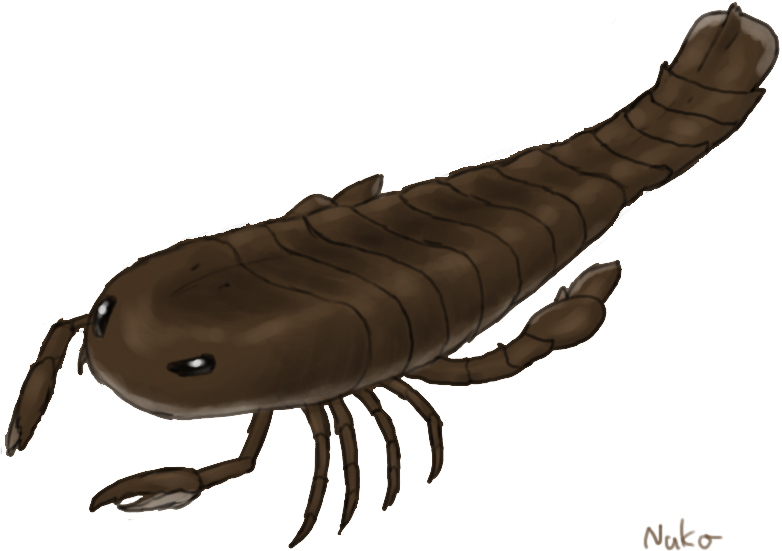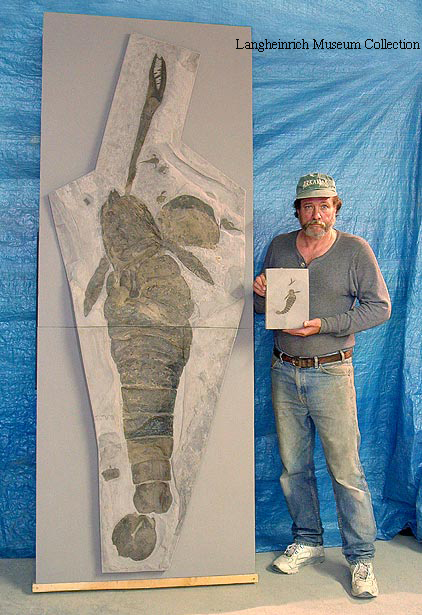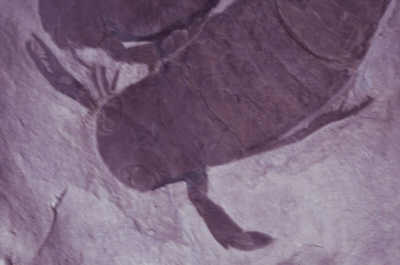[Recent Entries][Archive][Friends][User Info]
| September 11th, 2011 | |
|---|---|
| 02:59 pm [industrialterro] [Link] |
Pterygotus Pterygotus (meaning wing-animal or finned one) is the second-largest known eurypterid, or sea scorpion and one of the largest arthropods of all time. Pterygotid eurypterids, which lived from the Early Silurian to Devonian periods, were characterized by small to large exoskeletons with semilunar scales. The telson (tail) was expanded, or flatter than it was tall. Pterygotids also had chelicerae (claws in front of the mouth) that were large and long, with strong, well developed teeth on the claws. Their walking legs were small and slender, without spines. Pterygotus is distinguishable from other Pterygotids by the curved distal margin of the chelae. The prosoma (head) is subtrapezoidal (a trapezoid with rounded corners), with compound eyes located near the edge of the front corners. The telson has a pronounced dorsal carina (or keel) running down its center, terminating in a short spine. Pterygotus could reach a length of 2.3 metres (7 ft 7 in), had a pair of large compound eyes, as well as another pair of smaller eyes in the center of its head. It had 4 pairs of walking legs, a fifth pair modified into swimming paddles, and a pair of large chelae (pincers) for subduing prey. The foremost 6 tergites, or tail sections, contained gills and the reproductive organs of the animal. Pterygotus was an accomplished swimmer and could move with speed and agility through the water. It would swim by flapping its long, flat tail up and down; the broad, flat part at the end would push it through the water in much the same way as the fluke on the whale's tail does. It would steer and stabilize itself using its legs. The larger pair of Pterygotus' eyes strongly suggests that it was a visually oriented predator. It used its paddles to swim, though, it could probably accelerate by using its tail as a third paddle. It was one of the top predators in the Paleozoic seas. It lived in shallow coastal areas, hunting fish, trilobites and other animals using stealth. It would have ambushed its prey by burying itself in sand. Then, when a fish or other unwitting animals came within range, Pterygotus would rise up and grab it with its claws.
Репродукции (1, 2, 3, 4, 5, 6):
Размеры в сравнении с человеком:
Ископаемые останки (1, 2, 3, 4, 5):
Tags: Вымершие членистоногие, Силур |









